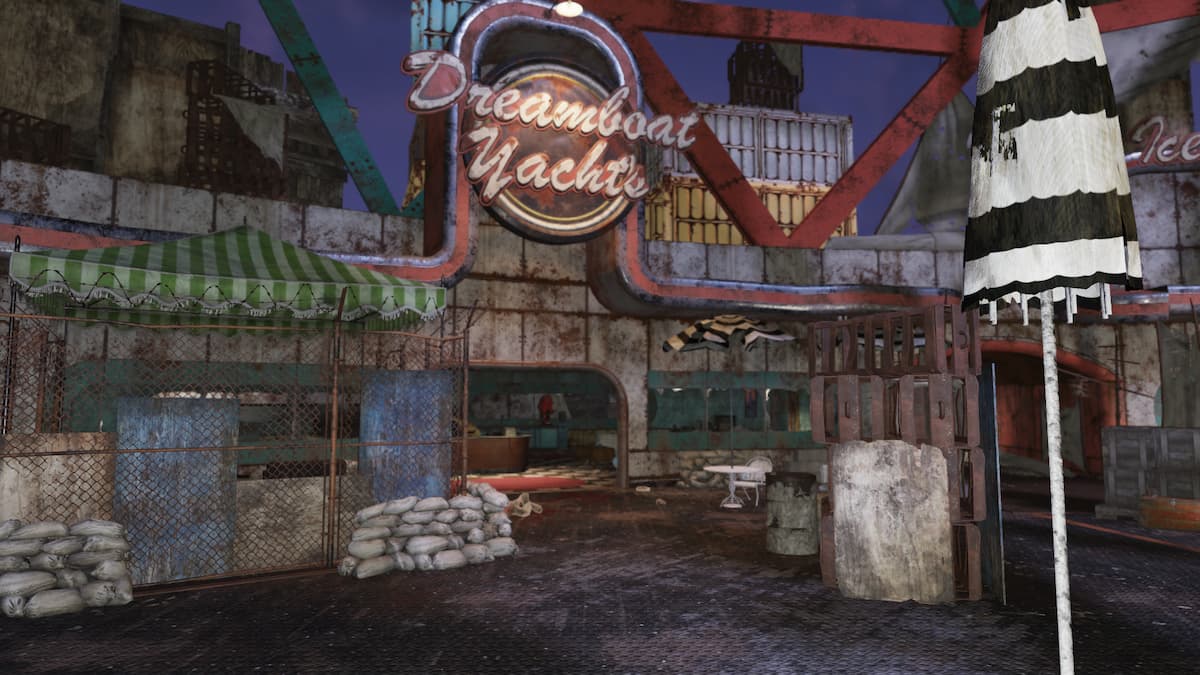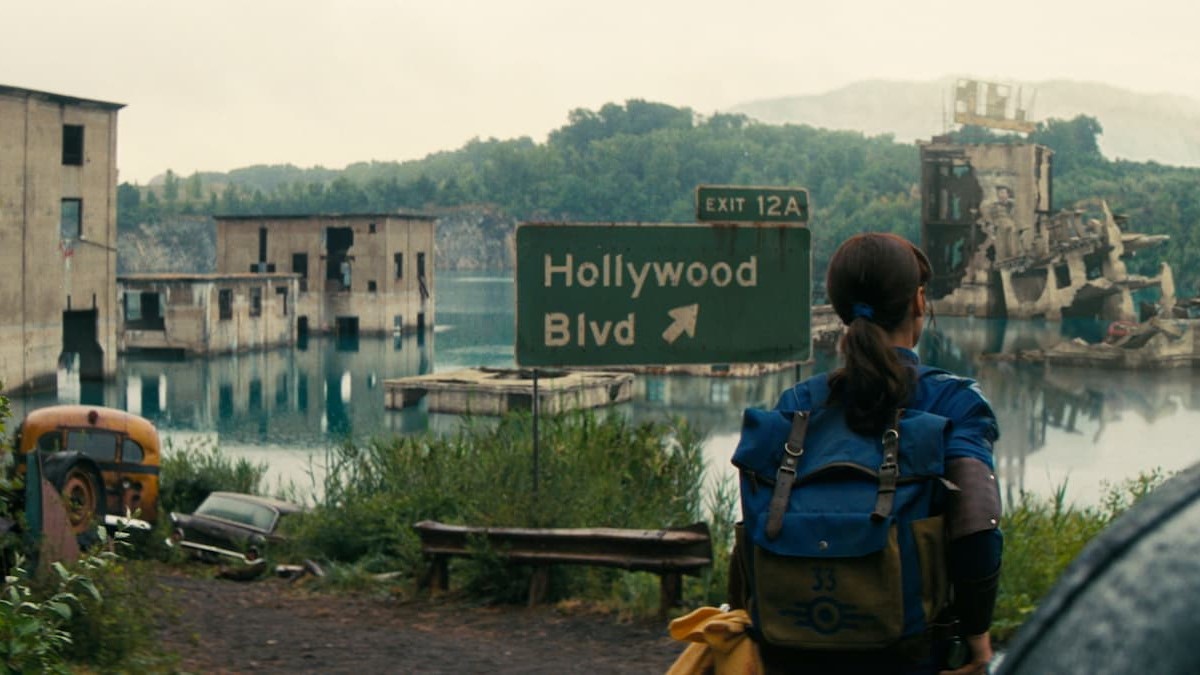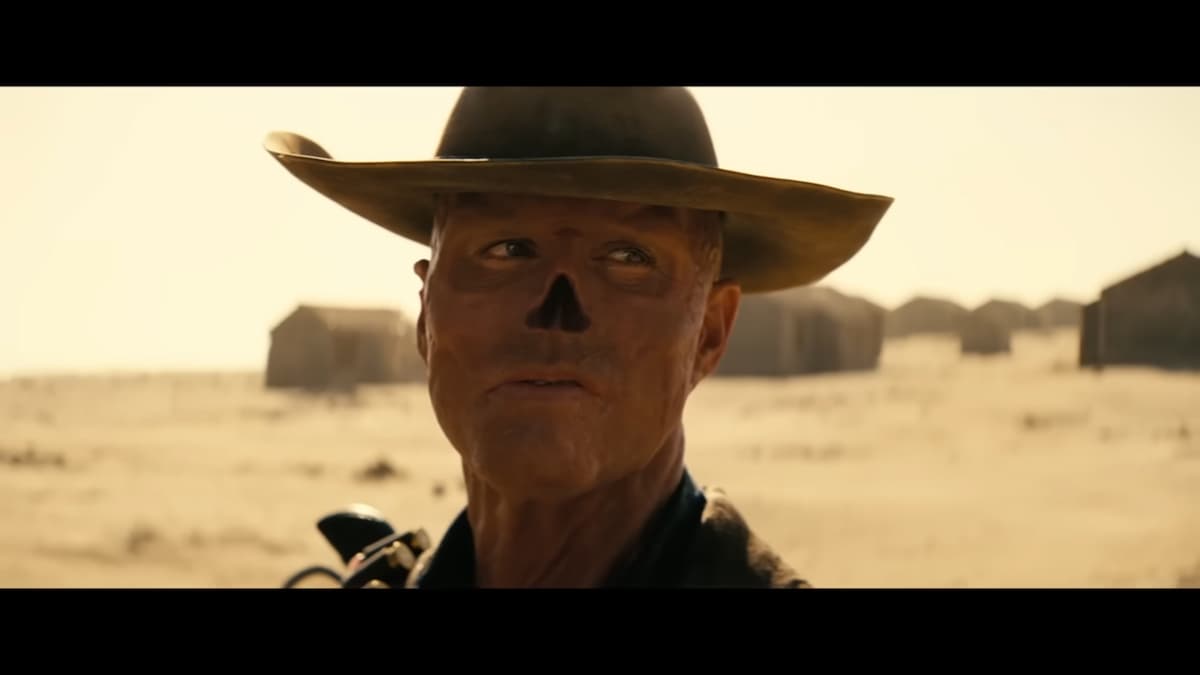The human body is a marvel. When damaged, it is capable of amazing feats of recovery. When threatened, it is able to supercharge itself with adrenaline to imbue greater strength, quicker reflexes and heightened awareness.
But just how far beyond believability are these abilities exaggerated in order to facilitate entertaining gameplay?
A Narrative Tool
One of the key attractions to playing games is to empower players, giving them extraordinary abilities and the chance to interact with impossible environments in challenging circumstances. Obviously, suspension of disbelief is required – real soldiers wouldn’t take on entire armies alone and they certainly couldn’t carry on after taking several bullets. I’m pretty sure plumbers don’t take on over-sized wildlife and long journeys without at least a $200 call-out fee either.
In most cases, these reality-compromising game design choices are made to enhance playability. If games were ultra-realistic we’d probably die screaming on the first level and then never be able to play again, due to a bad case of perma-death.
Here’s a quick look at common devices used to heal and “buff” player characters and just how plausible they are…
 Battlefield Medikits & Healthpacks
Battlefield Medikits & Healthpacks
As seen in: Call of Duty, Medal of Honor, Battlefield and countless other FPSs
Retreating from overwhelming numbers, our plucky soldier has absorbed a hail of bullets, depleting his health bar, making his heart beat loudly and producing a fuzzy visual effect. Thank goodness he’s carrying a medikit. Simply opening this little box of miracles instantly restores our hero to full fighting fitness and he heads straight back into the fray.
How plausible is this in reality? Not in the slightest.
Although entry wounds may appear deceptively minor, the sheer ballistic force dissipated by the passage of a high velocity bullet through the torso causes catastrophic internal damage (cavitation), which would almost certainly incapacitate our hero. Even if no vital organs are affected, the large exit wound would leave him with another potentially life-threatening problem.
Modern battlefield dressings are effective at stemming blood loss and morphine would help mask the crippling pain, but neither addresses the actual damage inflicted by the gunshot. This would require nothing less than a skilled surgeon (and they tend to complain if you try stuffing them into a medikit).
The Call of Duty series deserves a special mention as the soldiers there have now evolved entirely beyond the need for even these miraculous medikits, with only a moment’s respite bringing their health bar back to full, as if the last barrage of hot lead had just winded them.
Plausibility Factor: 2/5 – Undeniable proof that it’s just a game.
 Painkillers
Painkillers
As seen in: Max Payne
In the short-term, strong pain relief could mask the distracting pain of a serious injury, but it would not allow the use of a shattered limb nor prevent internal blood loss.
If the painkillers were administered in an appropriate case where the injury did not cause disability and pain was the main impairment, it is unlikely that they would be of much help. There is a tendency for the most commonly used painkillers, opiates (the family of analgesics which includes codeine, morphine and heroin) to significantly slow mental and physical responsiveness.
Although the resultant slow heart rate and lowered blood pressure would help to reduce blood loss, being away with the fairies is generally not very helpful it the middle of a pitched battle.
In fact, in extreme circumstances, due to the fight-or-flight response, the body becomes flooded with neurotransmitters and hormones which act as a natural painkiller with the added advantage of being all fighty and flighty.
In any case, removing the pain isn’t going to extend life or overcome injury.
Plausibility Factor: 2/5 – Drugs are bad, m’kay?
 Magic Potions
Magic Potions
As seen in: The Elder Scrolls and other fantasy realms
Mysterious health-giving phials of brightly coloured liquid are hard to quantify. After all, magic, by definition, is unexplainable. If you explain it, it becomes science and it’s no longer a magic potion.
As sci-fi author Arthur C. Clarke said, “any sufficiently advanced technology is indistinguishable from magic.”
We’ll get on to Mr. Clarke’s sufficiently advanced technology shortly, but for now, we’re probably just going to have to accept that whatever power it is that makes tiny metal bikinis as effective as full plate armour also has the ability to dramatically accelerate the body’s healing process.
Of course, it could just be the placebo effect. The human (and possibly elf, but we’re getting out of my area of knowledge there) mind is a powerful thing and fostering a belief that treatment is effective can have very positive results. The reverse is also true, with curses and hexes working by power of suggestion, with the recipient allowing themselves to be convinced.
What’s in the mysterious gloop isn’t as important as what’s in the imbiber’s head. With that in mind, anything’s possible.
Plausibility Factor: 3/5 – If Gandalf tells you to drink his magic juice, dare you argue?
 Future Technology
Future Technology
As seen in: Halo, Crysis, DUST 514 and other sci-fi settings
Sci-fi has got it covered. If ever there was a viable explanation for the sudden repair of a seemingly manstopping injury, it’s nanites.
An army of microscopic nano-surgeons who can mobilise instantly to repair tissue, disintegrate foreign bodies and reconstruct organs is a -ahem- bulletproof narrative device for instant healing. This, more than any other trick, provides a plausible explanation for self-regenerating health bars.
The addition of self-contained power-suits as seen in Crysis and DUST 514 make a host of superhuman feats perfectly acceptable without any need to gloss over glaring gaps in logic. Healing guns as seen in Team Fortress 2 could be explained by nanites riding on a light-beam and even instant resuscitation is plausible, as this description of a “nanite injector” from DUST 514 suggests:
“The nanite injector delivers an active helix directly into the bloodstream of the downed victim, whereupon individual subunits work to suppress the pain response, repair tissue and organ damage and re-establish regular cardiac rhythm. If administered in time, first-phase resuscitation (defined as ‘minimum-essential combat functionality’) is typically achievable, though some psychological trauma is to be expected.” – DUST 514 wiki
Plausibility Factor: 5/5 – Because of midichlorians/nanites/the spice melange.
 Mushrooms, Shells & Stars
Mushrooms, Shells & Stars
As seen in: Mario and Sonic games and countless other platformers
Aside from the questionable messaging behind encouraging young players to eat mushrooms found on the ground, throughout Mario’s many adventures, he’s long been stuffing his face with funky fungus, turtle shells and other random objects for the many benefits they provide.
It could be argued that some of the effects are plausible at a moderate level – a “spring mushroom” (Super Mario Galaxy) could give off a hormone which might enable him to jump a little higher and a “blue koopa shell” (New Super Mario Bros.) might contain a stimulant which empowers him to swim a little faster.
But let’s be honest.
If ever there was a game series that was a thinly-veiled glorification of the hallucinogenic effects of various naturally-sourced substances, it’s Mario and Luigi. They’re basically Cheech and Chong for the digital generation. Aside from their obsessive pursuit of mushrooms, are you going to tell me that Super Mario Bros. 3‘s “super leaf”, which grants the power of flight, is entirely innocent?
One day, Nintendo will release the very last Mario game which will end with a scene of Mario and Luigi waking up on a urine-soaked, filthy couch in a dilapidated apartment, revealing that the entire series of Mario games, from Donkey Kong onwards, took place in their minds after they binged on special mushroom pizza and a few “super leaf” roll-ups.
Plausibility Factor: At face value, 0/5. If we accept it’s all part of a drug-fuelled hedonistic dream-state, 5/5.






